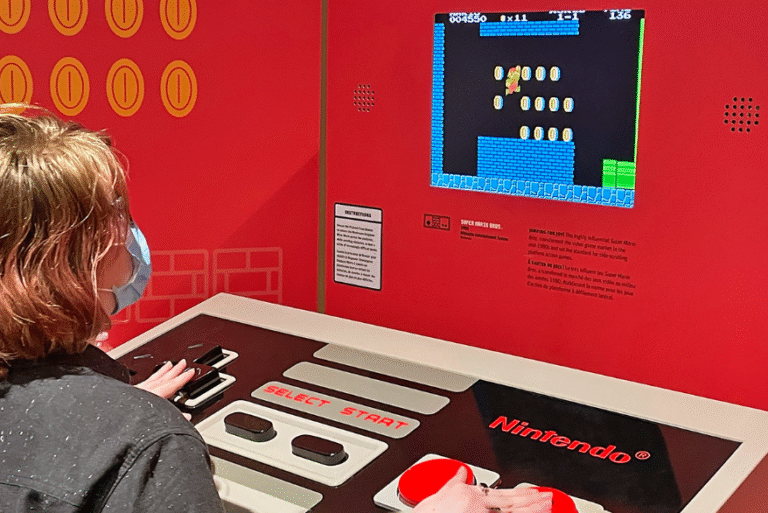The evolution of video games reflects significant technological and artistic progress over the decades. From the simplistic mechanics of Pong to the advanced photorealism of contemporary titles, each era has introduced new dimensions to gameplay and narrative. This journey highlights not only advancements in graphics but also shifts in player engagement and expectations. Understanding these transitions reveals how video games have transformed from mere entertainment into a complex cultural phenomenon, inviting further exploration of their future trajectory.
The Birth of Video Games: Pong and the Arcade Era
The inception of video games can be traced back to the simple yet revolutionary mechanics of “Pong,” which emerged in the early 1970s as a defining moment in the arcade era.
This innovation catalyzed arcade culture, drawing diverse gaming communities together. Players congregated in dimly-lit venues, fostering social interaction and competition, while establishing a foundation for future advancements in gaming technology and community engagement.
See also: My Top 5 Favorite Games This Year and Why They Matter
The Rise of Home Consoles and 8-bit Graphics
As players sought gaming experiences beyond the arcade, the rise of home consoles in the late 1970s and early 1980s marked a significant shift in the video game landscape.
Home gaming became accessible, fueled by console innovations that delivered engaging 8-bit graphics.
This era fostered creativity, allowing developers to explore narratives and gameplay, ultimately shaping the foundation for future gaming advancements.
The 3D Revolution: From Polygons to Open Worlds
Although the transition from 2D to 3D graphics initially posed technical challenges, it ultimately revolutionized the gaming industry by introducing immersive environments and intricate gameplay mechanics.
Advances in 3D rendering and polygon development enabled expansive open worlds, enhancing player spatial awareness. This evolution in game design, driven by graphical advancements and engine evolution, allowed developers to create rich, engaging experiences that transformed interactive entertainment.
The Era of Immersion: Virtual Reality and Photorealism
Immersive experiences in video games have reached unprecedented heights with the advent of virtual reality (VR) and photorealistic graphics.
These technologies create compelling virtual experiences that deepen player engagement through immersive storytelling.
The convergence of lifelike visuals and interactive environments allows players to transcend traditional boundaries, fostering a sense of agency and freedom unlike any previous gaming era.
Ultimately, this evolution is reshaping the narrative landscape of interactive entertainment.
Conclusion
As the evolution of video games unfolds like a rich tapestry, each thread represents a leap in technology and creativity, weaving together the past and future of interactive entertainment. From the simplicity of Pong to the breathtaking realism of today’s virtual worlds, the journey reflects not just advancements in graphics but also a deeper understanding of storytelling and player engagement. This relentless pursuit of innovation continues to redefine the medium, promising even more immersive experiences on the horizon.
